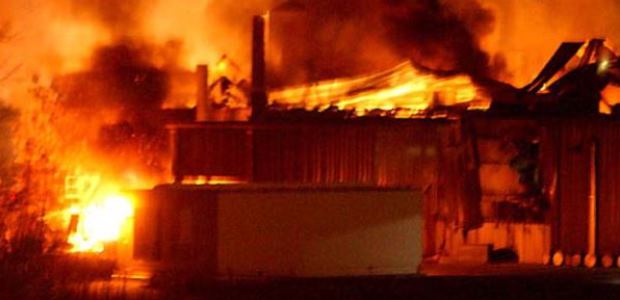
Combustible Dust Comments Due to CSB Soon
The safety board wants comments by Nov. 26 on the management and control of combustible dust from companies, regulators, inspectors, safety training providers, researchers, unions, and workers exposed to dust-related hazards.
Comments in response to the U.S. Chemical Safety Board's recent "Call to Action: Combustible Dust" are due by Nov. 26 The board issued it as part of its investigation into the May 2017 Didion Milling explosion, seeking comments on the management and control of combustible dust from companies, regulators, inspectors, safety training providers, researchers, unions, and workers exposed to dust-related hazards.
Combustible dust incidents continue to affect companies in a wide range of industries, including motor vehicle manufacturing, food products, chemical manufacturing, and lumber and wood products.
"Our dust investigations have identified the understanding of dust hazards and the ability to determine a safe dust level in the workplace as common challenges," said CSB Interim Executive Kristen Kulinowski in late October. "While there is a shared understanding of the hazards of dust, our investigations have found that efforts to manage those hazards have often failed to prevent a catastrophic explosion. To uncover why that is, we are initiating this Call to Action to gather insights and feedback from those most directly involved with combustible dust hazards."
The agency wants input on a variety of issues, including recognizing and measuring unsafe levels of dust in the workplace, managing responsibilities and expectations that sometimes are at odds with each other (such as performing mechanical integrity preventative maintenance while simultaneously striving to minimize dust releases in a work environment), and the methods for communicating the low-frequency but high-consequence hazards of combustible dust in actionable terms for employees who are working in and overseeing these environments.
Comments can be emailed to [email protected] now until Nov. 26. CSB indicated it intends to use the information it receives to explore new opportunities for safety improvements.
The Didion Milling incident on May 31, 2017, involved one ore more explosions of corn dust at the Didion Milling facility in Cambria, Wis. Five of the 19 employees working on the night of the incident were killed and the others were injured. "Our investigation of the Didion incident continues, and we are analyzing evidence to understand the specifics leading up to the tragic event. However, this investigation reinforces what we are seeing across many industries—that there needs to be a more inclusive approach to creating and maintaining a safe work environment amid processes that inherently produce dust," CSB Investigator Cheryl MacKenzie said.